Open Colorimeter Plus firmware and hardware updates
In this post we share project updates for the Open Colorimeter Plus.
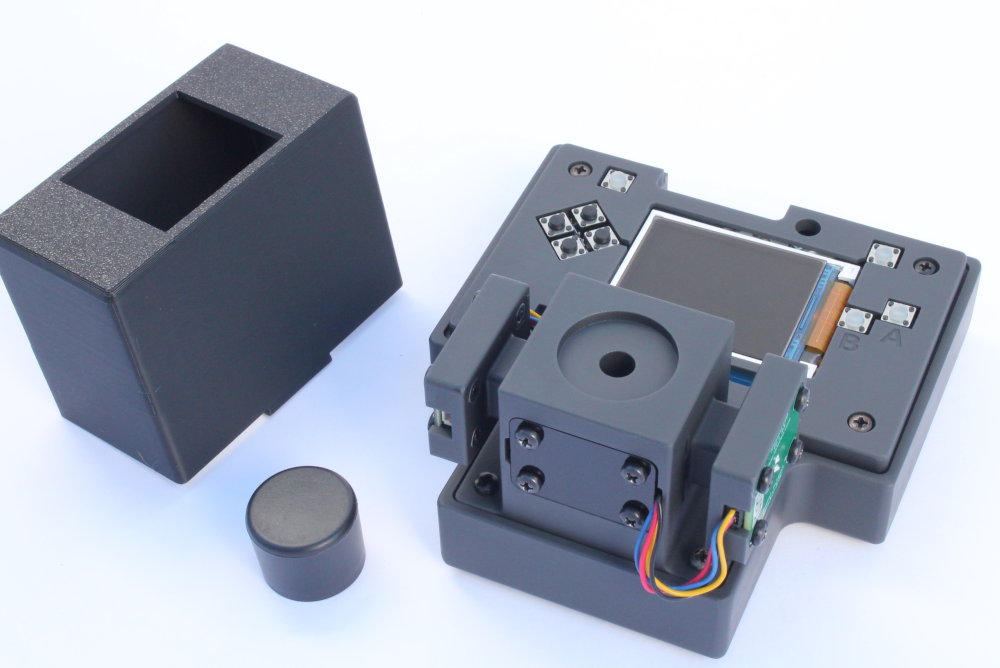
In this post we will be sharing some additional updates to the Open Colorimeter Plus project. To recap this project, the Open Colorimeter Plus is a dual-sensor version of the standard Open Colorimeter, specifically for fluorescence measurements. The Open Colorimeter Plus measures light from a sample under excitation by UV, visible or IR light via a measurement sensor placed at a right-angle (90°) to the excitation LED. Applications include fluorescence assays (e.g. nucleic acid quantitation) using a fluorophore, excitation LED and emission filters. In the near future we will be sharing more tutorials for using the instrument for fluorescence measurements, but in the meantime you can view an archive of project posts with example applications here:
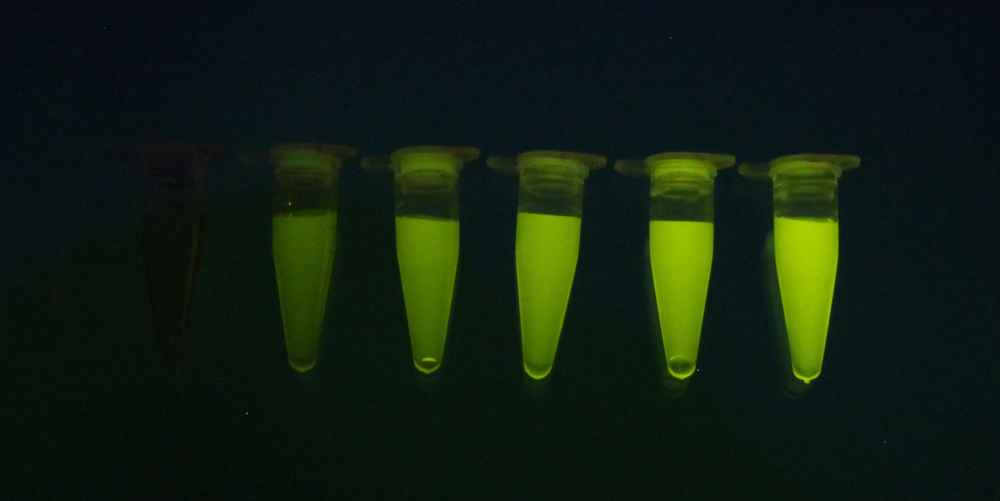
Project Updates
The following project updates are summarized in this post:
- Using an I2C multiplexer board to enable using a TSL2591 light sensor for both the 90° and 180° measurements
- New 3D-printed cover to protect electronics and hide cabling
- Significant updates and release of the CircuitPython firmware
- Expanded collection of LED boards
- Limited number of instruments available to purchase
Implementing an I2C Multiplexer
Since the last project update, we made the decision to replace the 180° light sensor we were using. We had been prototyping with the Adafruit BH1750 light sensor which can be readily used on the same I2C bus with the 90° TSL2591 light sensor. Unfortunately, the BH1750 sensor has some limitations, mostly that it is not as sensitive as the TSL2591 sensor. In addition, our preference was to use the same type of sensor (the TSL2591) for both the 90° and 180° measurements if possible. To do this we need to put two of the TSL2591 sensors on the same I2C bus. However, every I2C device must have a unique I2C address when connected to the same bus and the TSL2591 does not provide a mechanism for changing its I2C address. For this reason using two TSL2591 sensors requires using an I2C multiplexer board. Fortunately, the Adafruit I2C Multiplexer is small enough that is can be easily mounted to the underside of the cuvette/tube holder. The board is also very affordable ($3.95). The only additional piece of hardware needed is one additional flexible Qwiic cable ($1.05). We ultimately decided it was worth implementing the I2C multiplexer so we could use the TSL2591 for both sensors on the Open Colorimeter Plus.
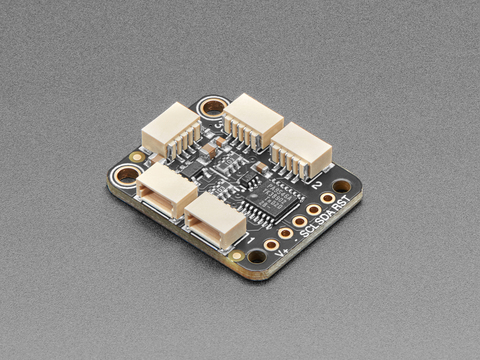
Images of the assembled cuvette/tube holder design are shown below.
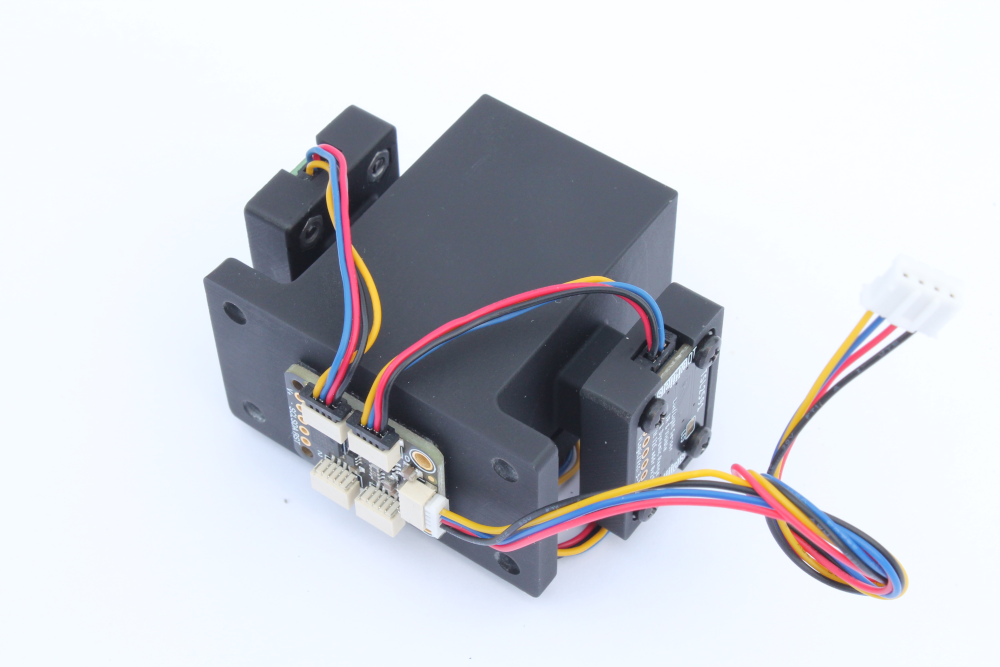
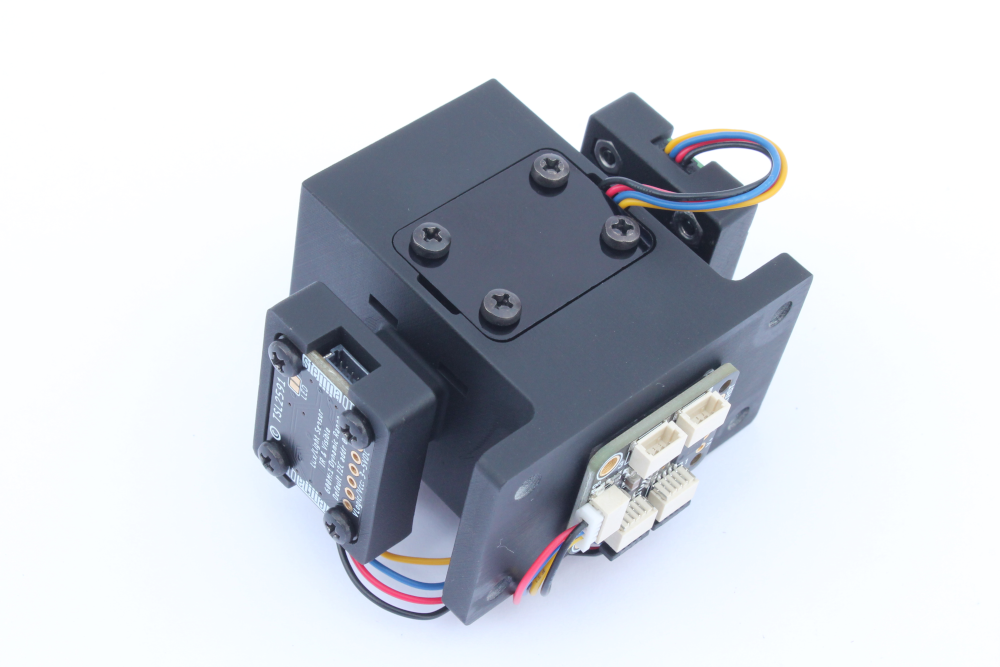
Removable electronics cover
The other hardware change we have made is to add a removable cover. The cover functions to protect the electronics and hide the cabling. The cover is 3D-printed using black PLA filament. The design files for the cover are linked below.
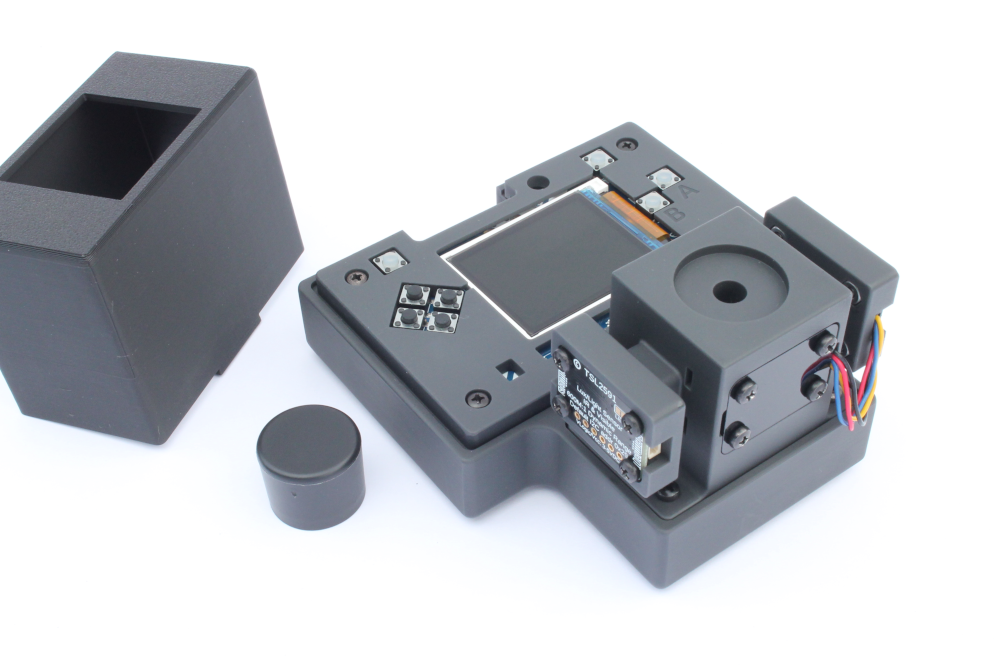
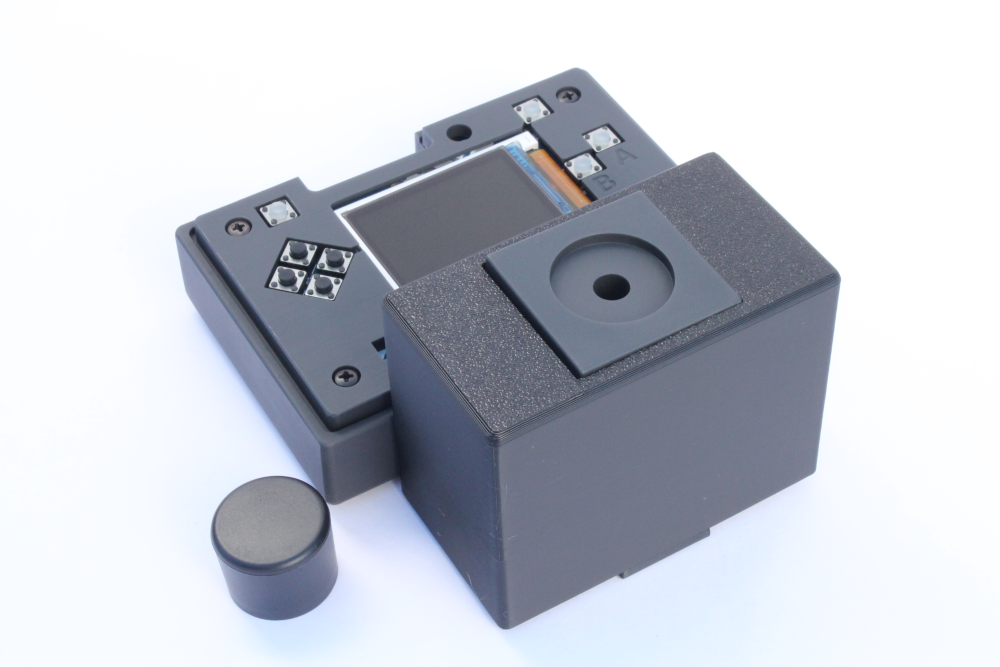
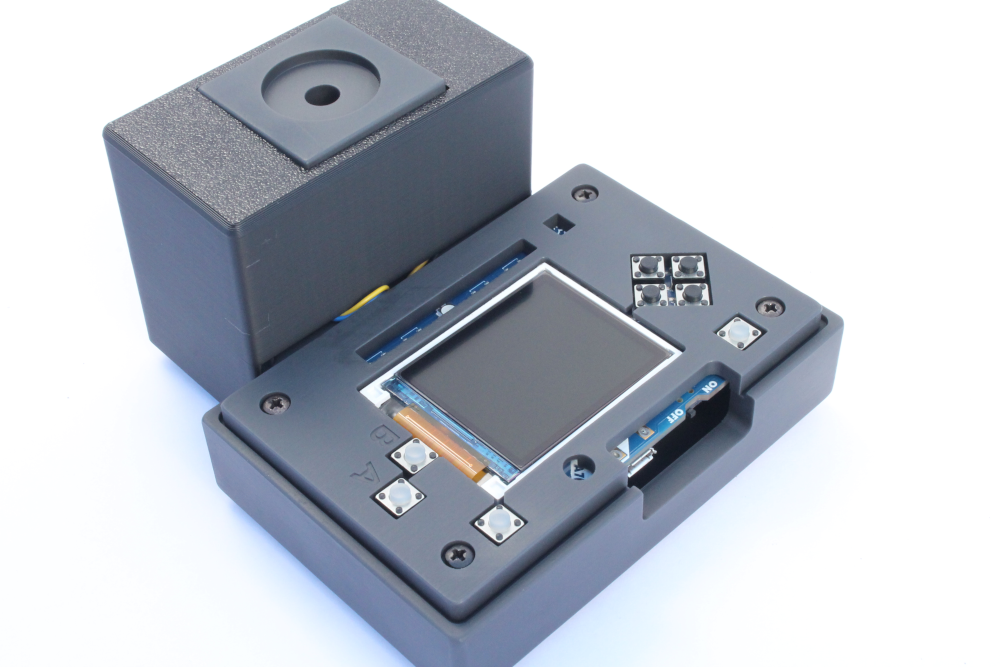
Firmware Update
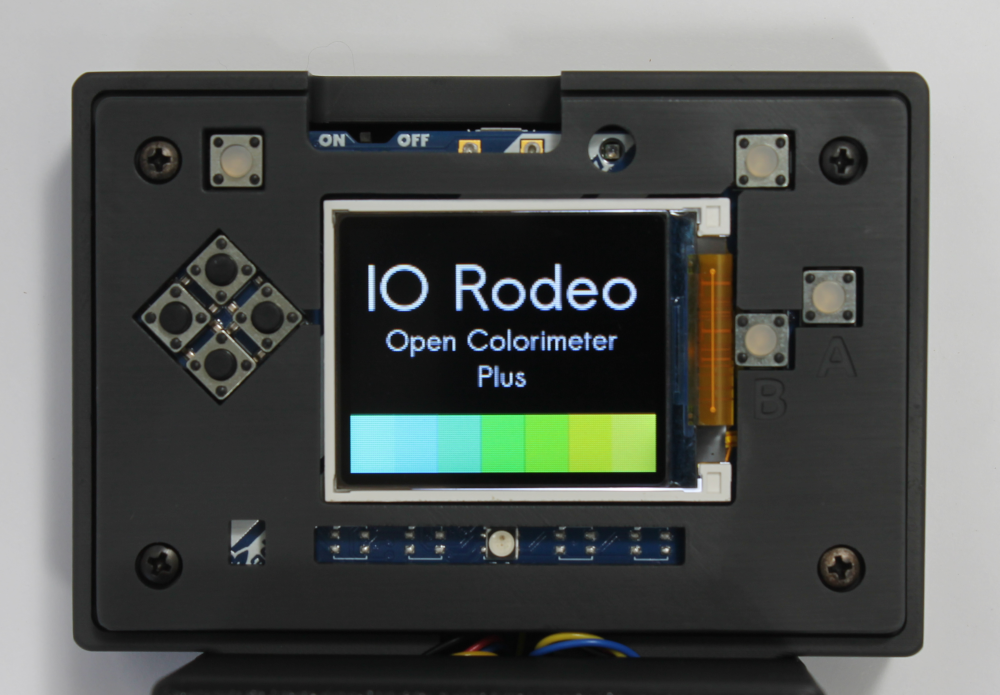
The Open Colorimeter Plus firmware now implements the 180° light sensor change and has 3 different measurement modes:
- Raw Count: This screen shows the raw count measurements for both light sensors and is used to adjust the gain and integration times for the sensors
- Irradiance: This screen returns the irradiance value at the 90° and 180° sensors in units of µW/cm²
- Relative Units: This screen shows a normalized irradiance value at the 90° sensor. In this case the irradiance value at 90° is normalized to the value at the 180° sensor using a reference irradiance value. The purpose of this normalization procedure is to reduce the effect of light source intensity variation when comparing the measurements of two or more devices.
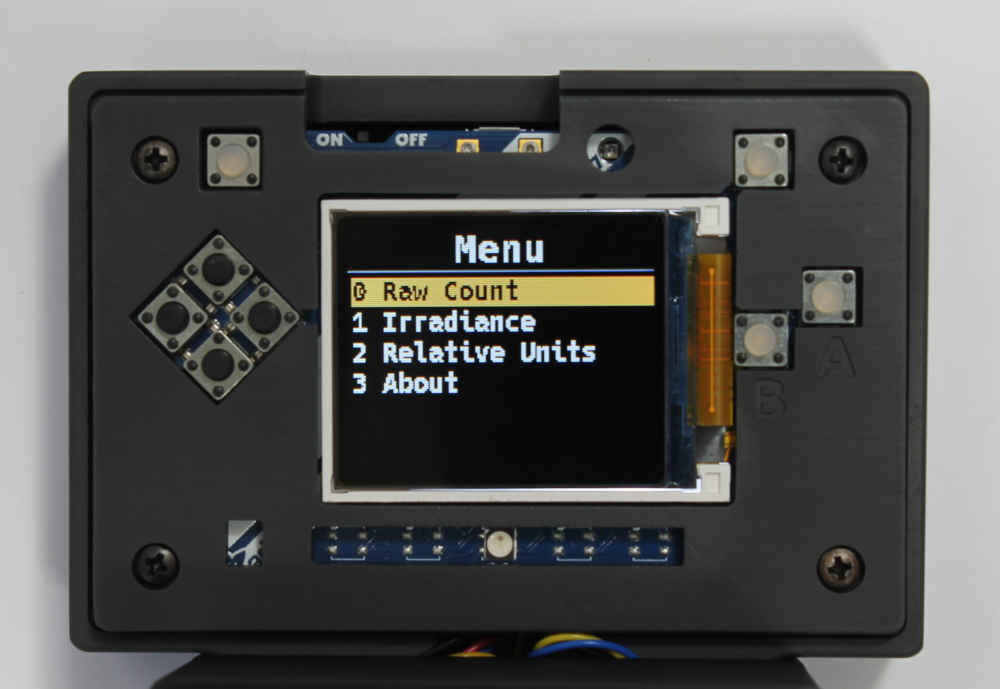
There is more information about the firmware in this product guide page. We will also be adding more content on the firmware to this page. As with our other Open Colorimeter firmware, this is open source and can be further customized by the user.
LED Boards
We have been adding more LED wavelength options for all of the Open Colorimeter instruments, with currently 36 different LEDs available. For each LED we have characterized the spectral data and irradiance (µW/m²) where possible shown below.
Spectral data
This was collected with a USB spectrophotometer from Ocean Optics. Measurements are shown below grouped by LED type (radial or surface mount).
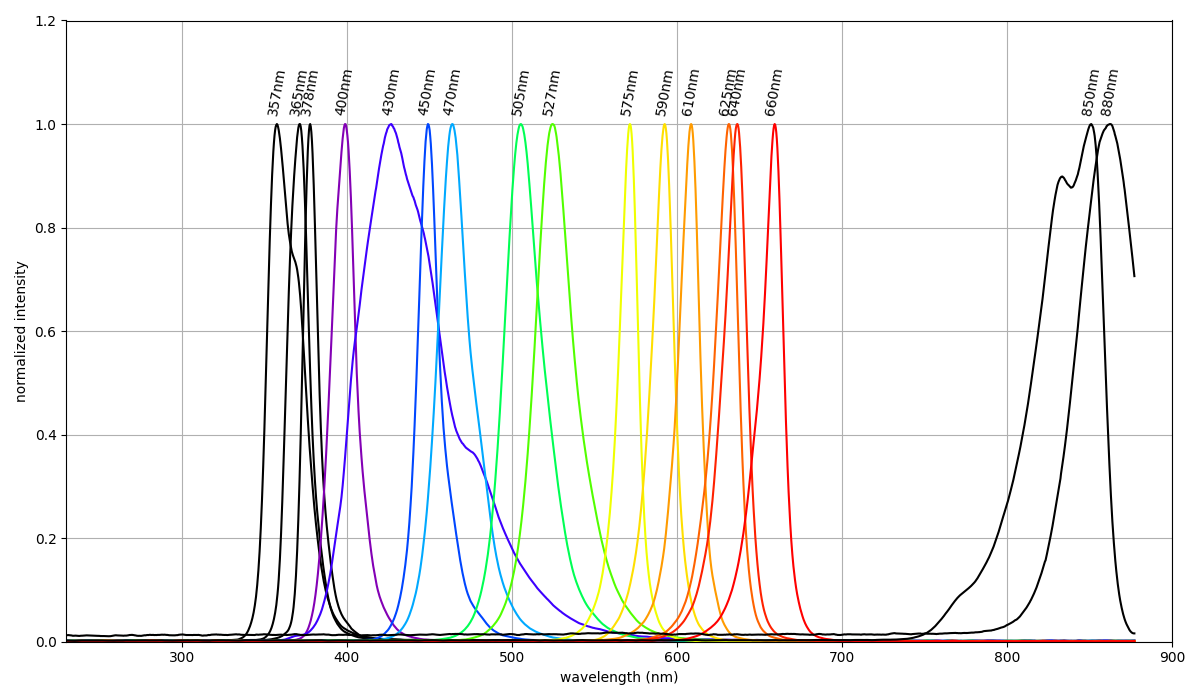
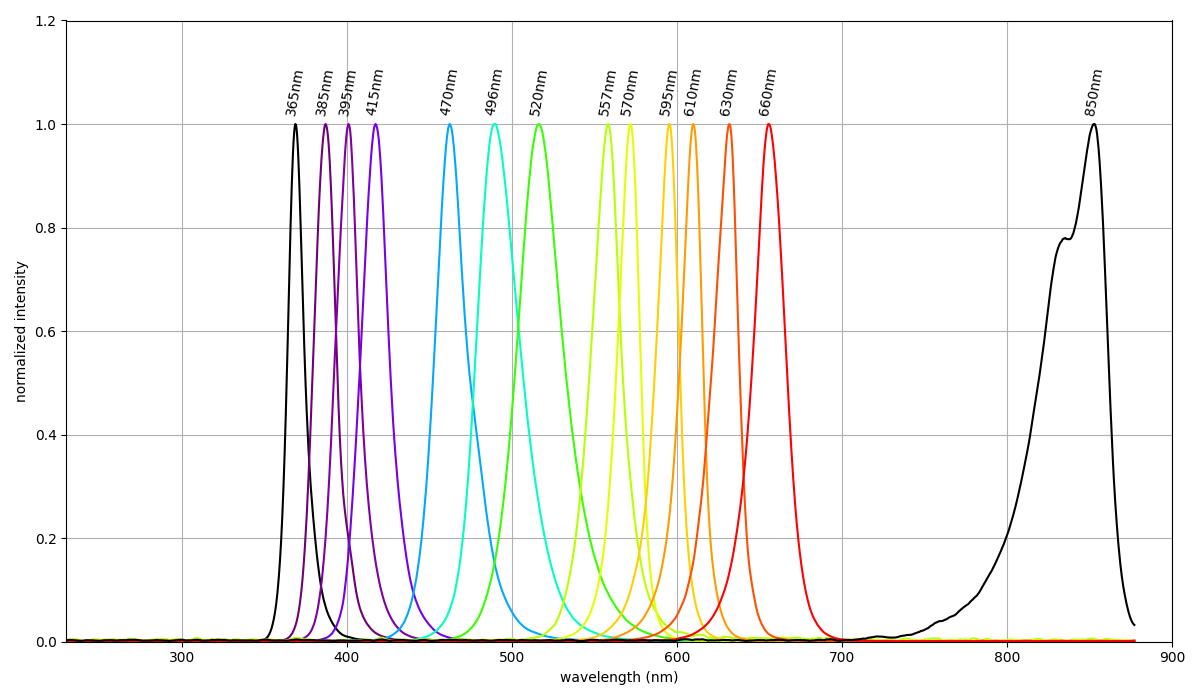
Irradiance (µW/m²)
Irradiance data for the visible and IR LEDs was collected from the 180° sensor & "Irradiance" setting on the Open Colorimeter Plus. The LED board is mounted onto the cuvette/tube holder and measurements were taken 10 minutes after the LED was switched on. From the data you can see the surface mount visible light LEDs are typically below 100 µW/m². Radial LEDs have much higher irradiance and are likely great options where a brighter excitation LED is needed.
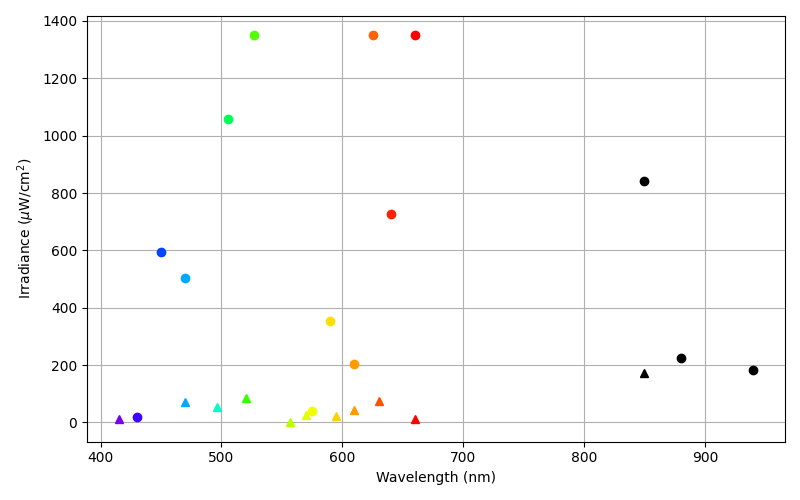
For convenience all of the spectral data and irradiance measurements are available in the gallery linked below. In addition to measured data, you can also find more LED specifications from the manufacturer and links to datasheets.
Purchase an Open Colorimeter Plus
A limited number of the Open Colorimeter Plus instruments are now in our online store. We currently expect about a 2 week lead-time. If you have any questions, please feel free to email us at info@iorodeo.com or use the contact form.
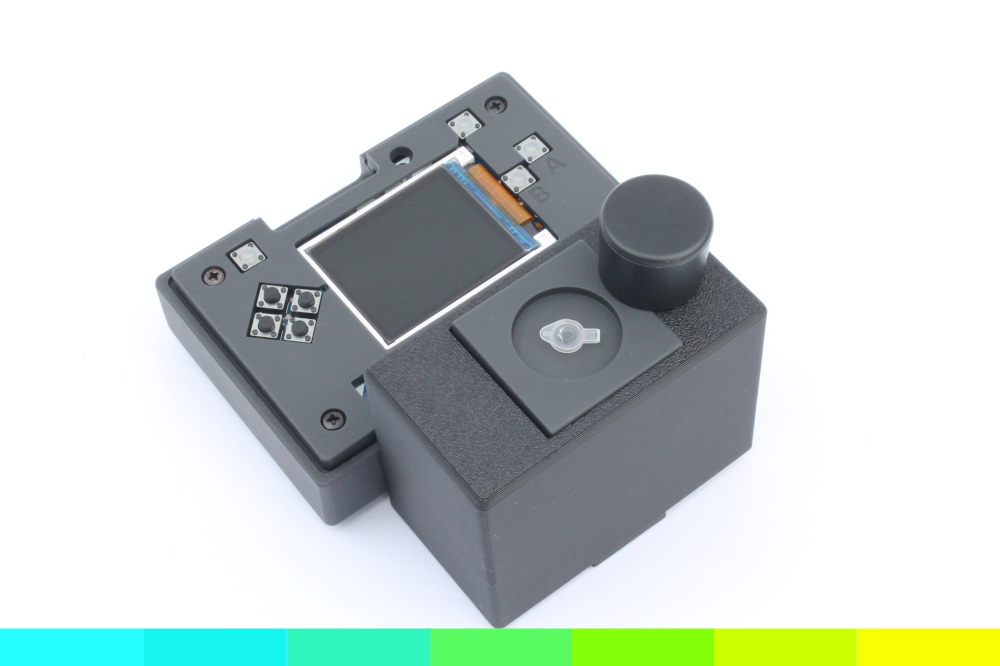




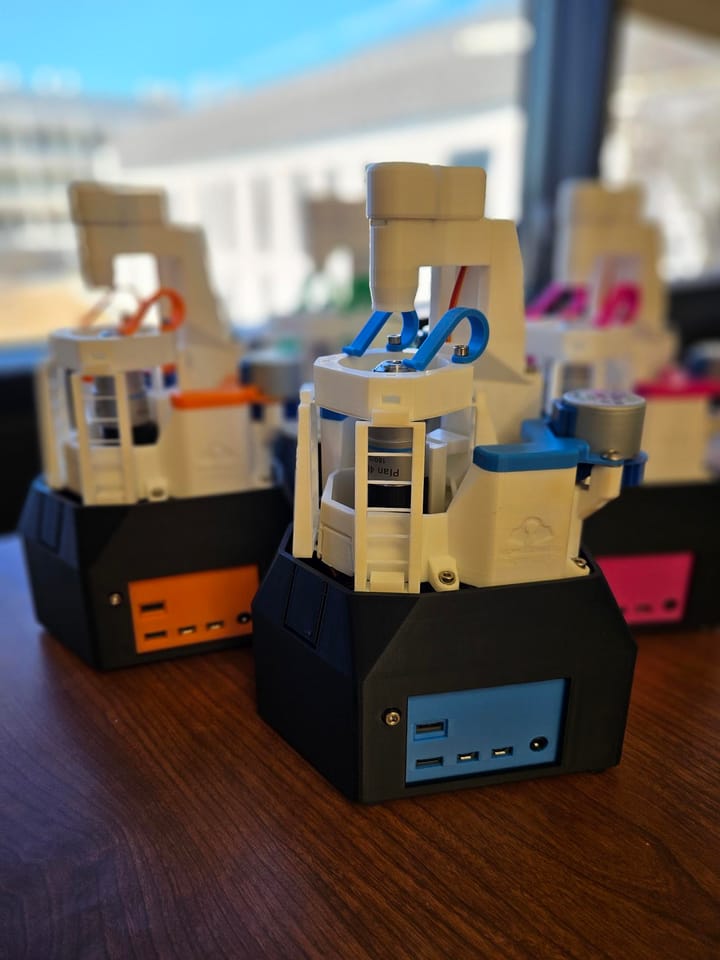
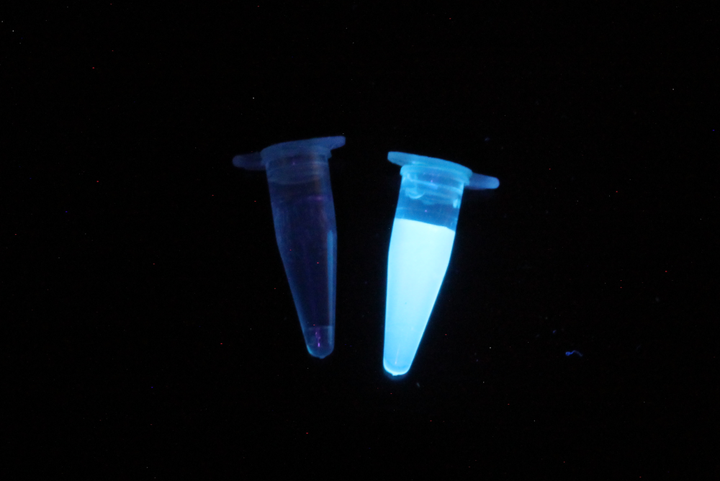
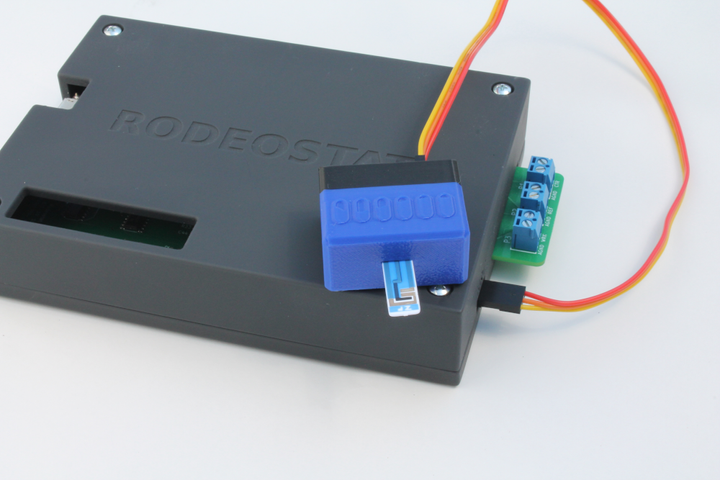
Comments ()